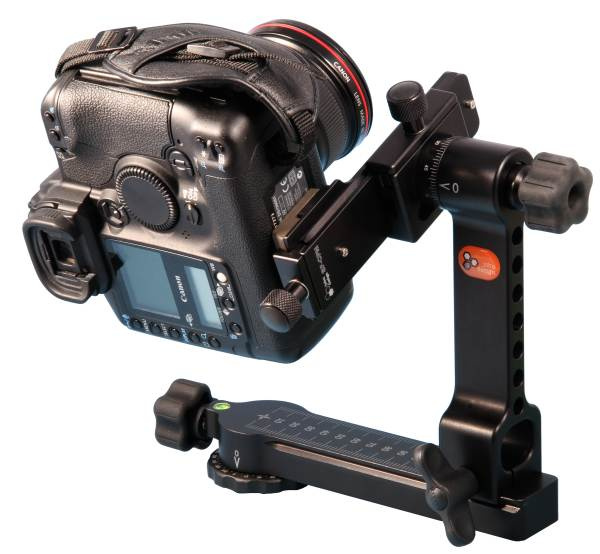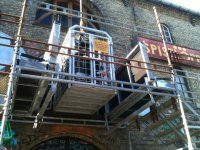wud
Senior Member
A guy wants me to do pictures of a looong room (my work), as a 360 degree picture. I said it might be a little weird with such a long picture..
I will go and try it out, but got some rookie questions:
Should I use the same aperture all the way around, even though the room are very small but long and only got windows on one side? Guess flash would be very good, but I dont own one. If it cant be done without, Ill see if I can borrow one.
Am I placing the camera on my tripod, and then "just" turn it, snap, turn, snap, turn, snap and so on?
I will go and try it out, but got some rookie questions:
Should I use the same aperture all the way around, even though the room are very small but long and only got windows on one side? Guess flash would be very good, but I dont own one. If it cant be done without, Ill see if I can borrow one.
Am I placing the camera on my tripod, and then "just" turn it, snap, turn, snap, turn, snap and so on?


